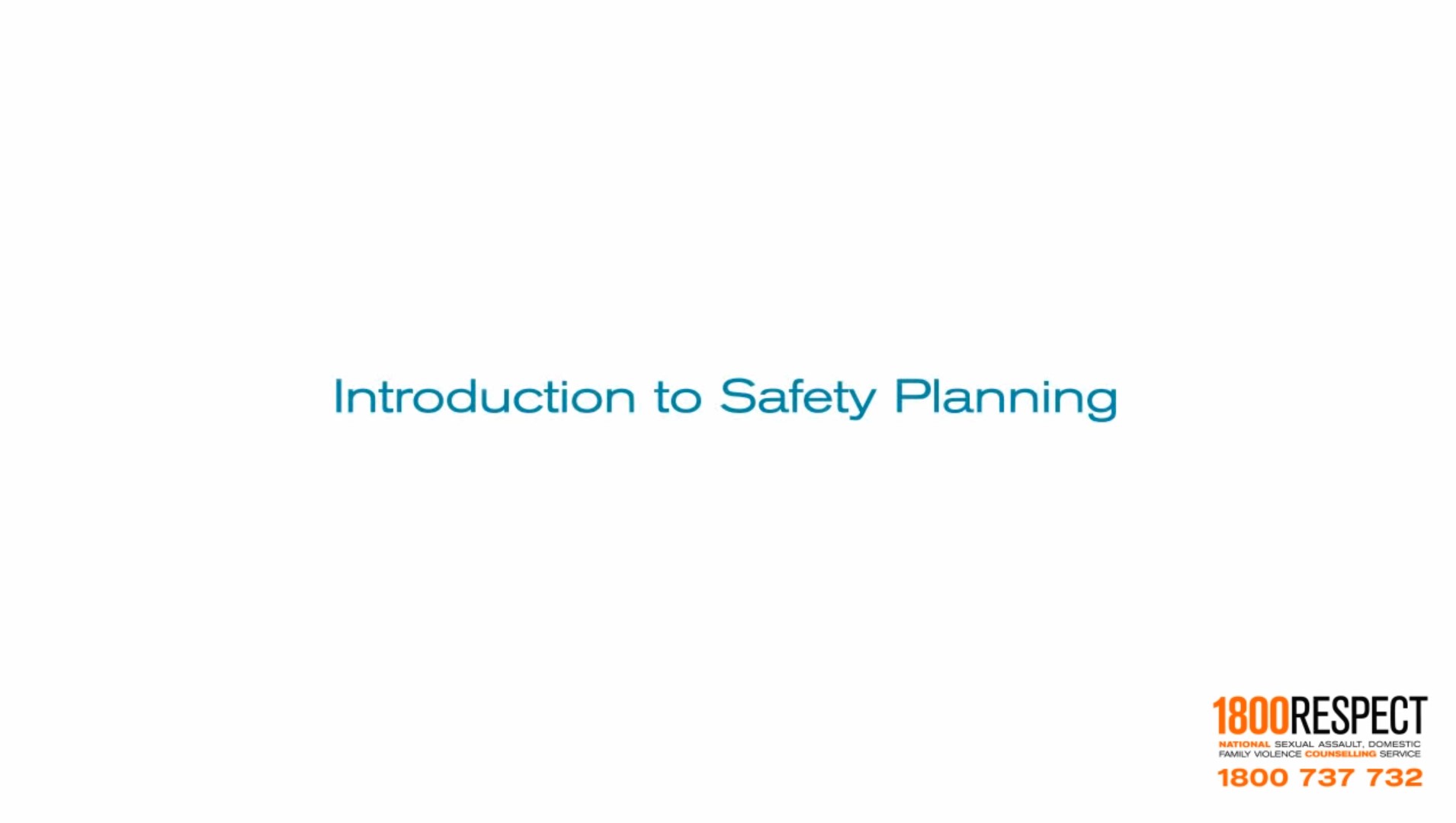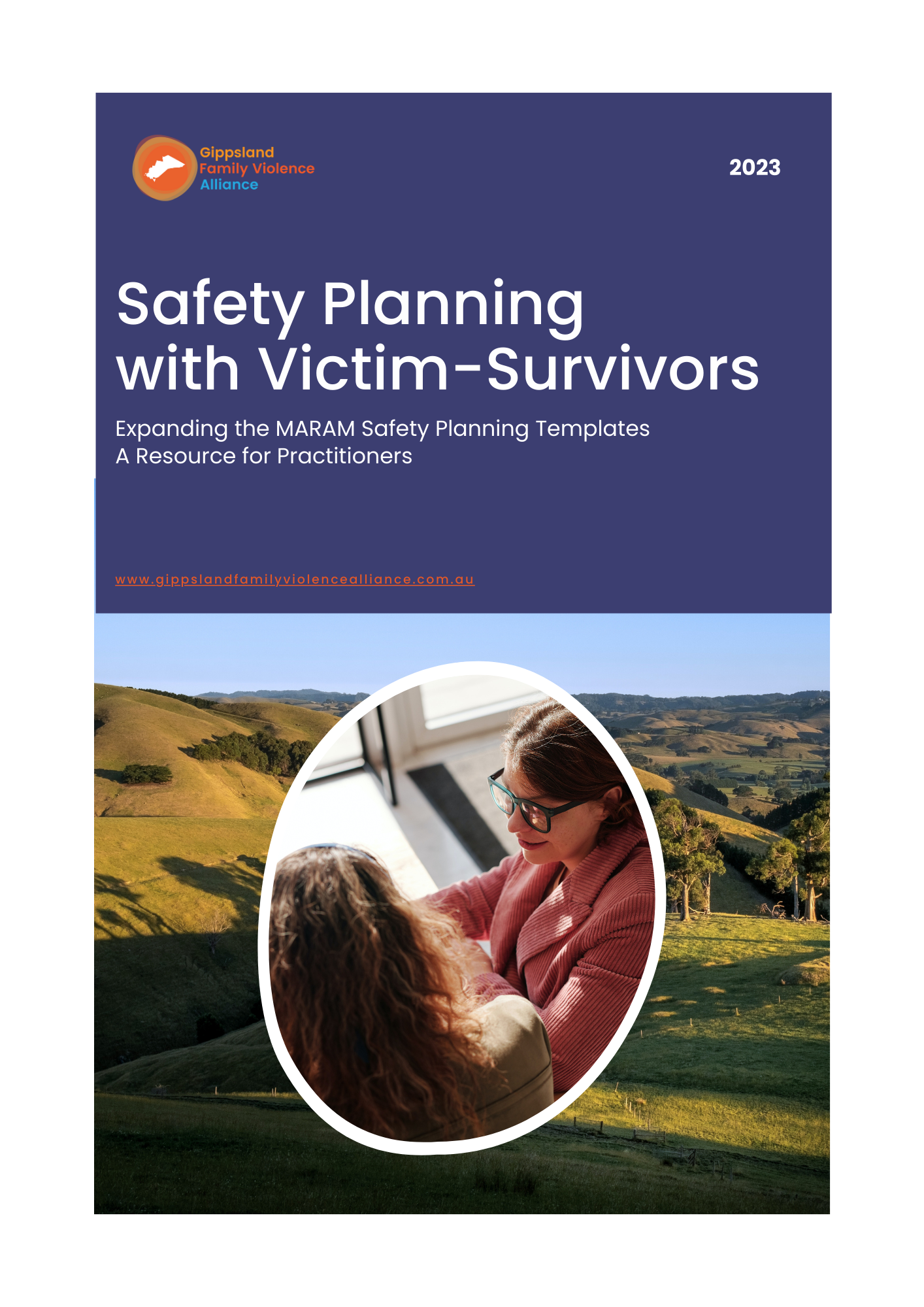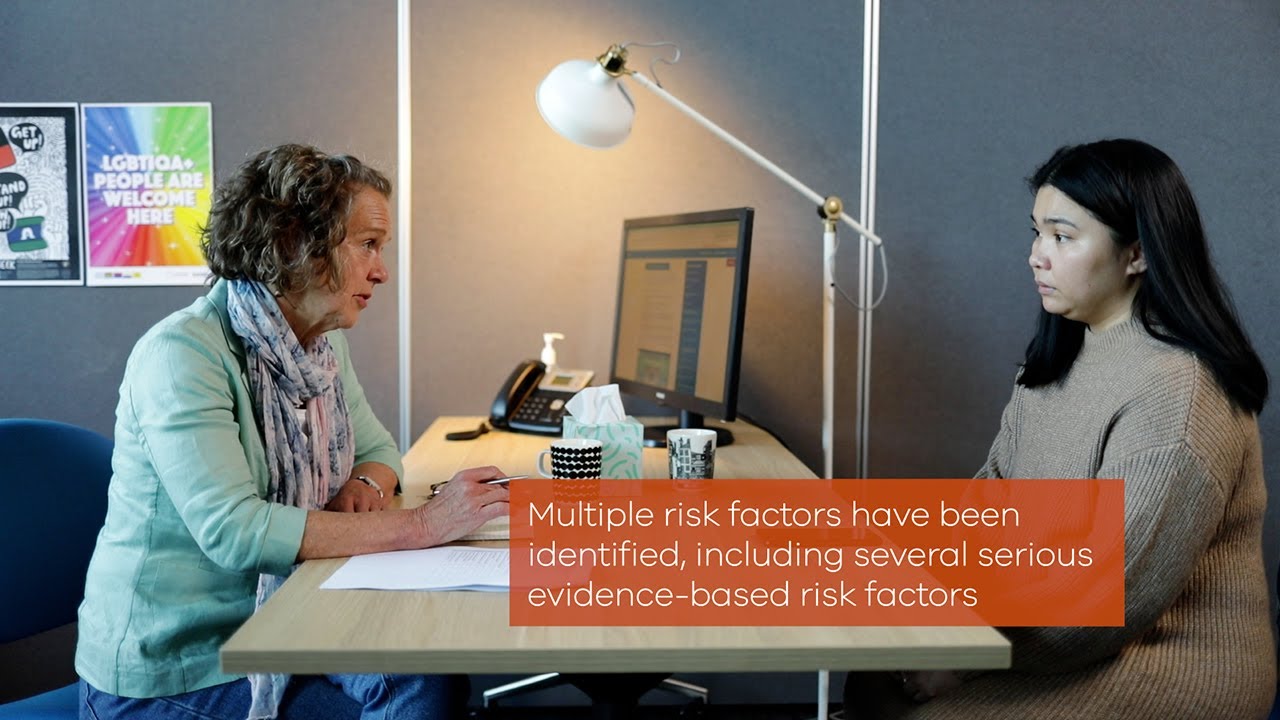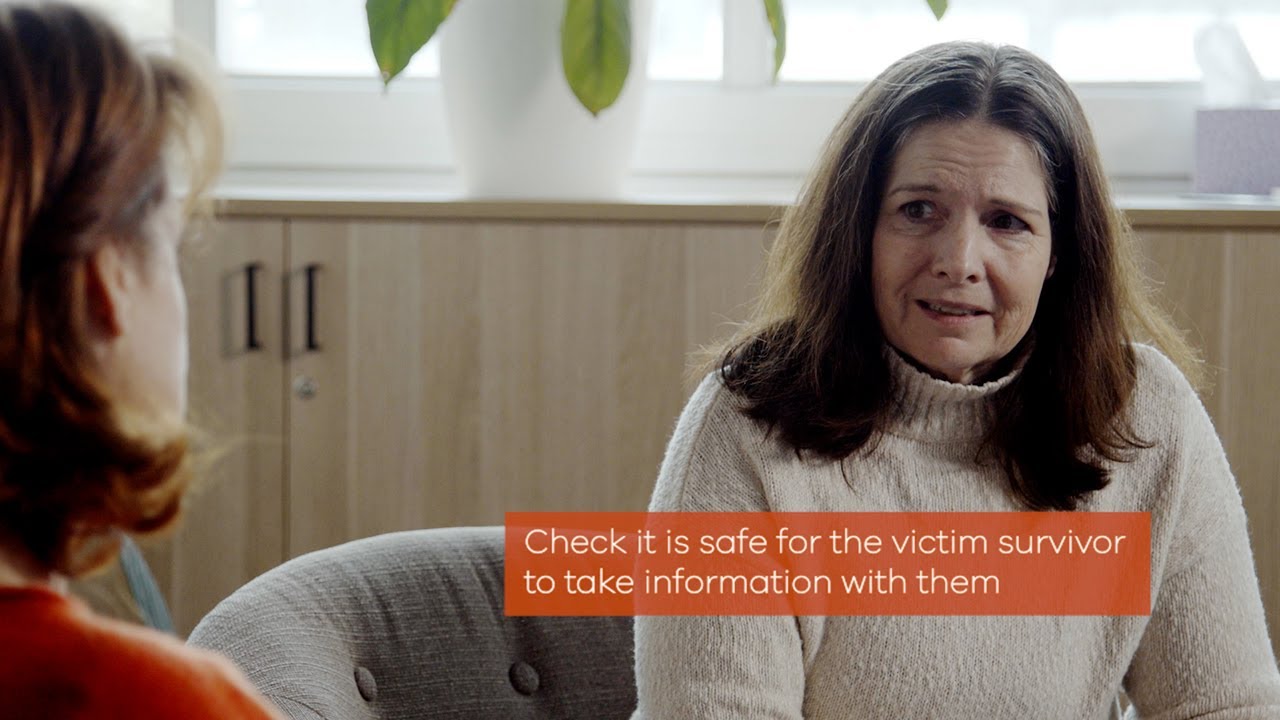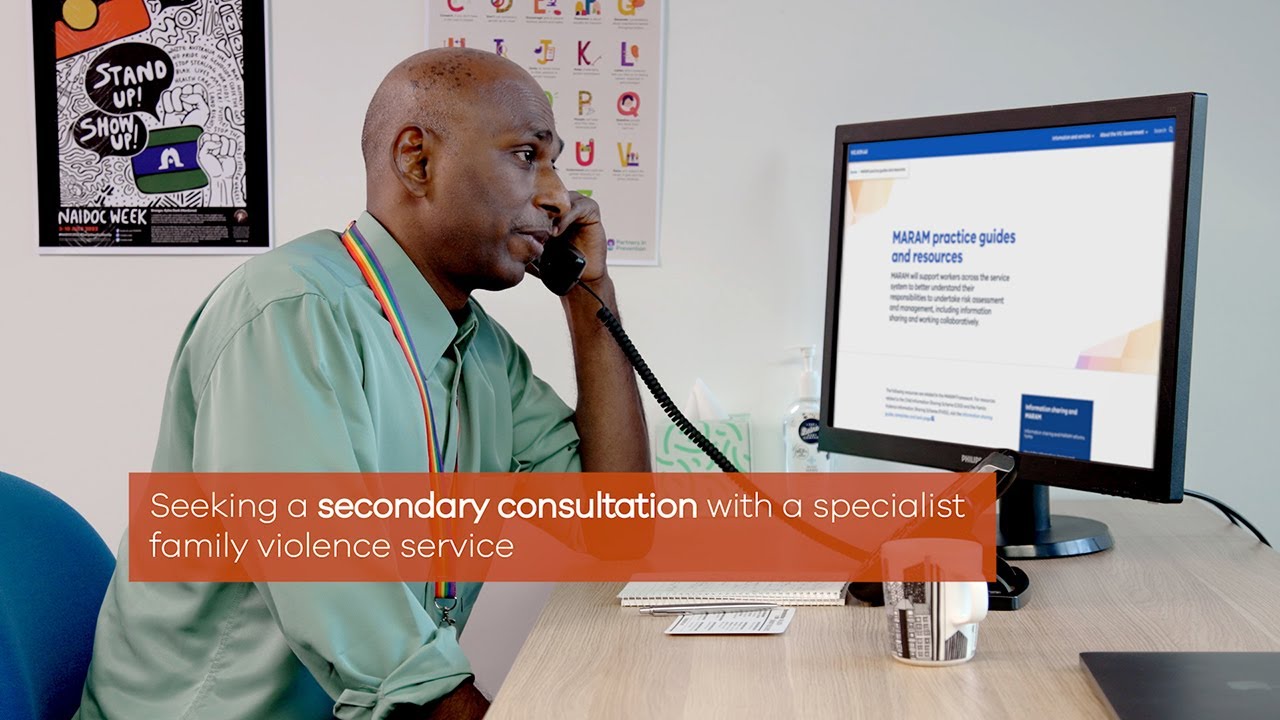Safety planning should be undertaken:
- Where any level of risk is present, noting that the safety plan will differ depending on the level of risk identified.
- In collaboration with the adult victim survivor, including in the development, implementation and monitoring of the plan. It may be appropriate to work with a young person to develop their own personal safety plan.
- With the adult victim survivor to develop separate safety plans for each child or young person (if not being done separately), and to reflect these plans in the adult victim survivor’s plan, if appropriate.
All risk management must involve safety planning, and it’s key that the victim survivor participates in and understands this process.
Safety planning must occur whenever family violence risk is identified and assessed and should be updated whenever there are changes or escalation in family violence.
Ensure safety plans reflect risks and management responses of each family member so that each family member’s plan supports safety requirements for each individual as well as the family unit.
You also need to ask what constraints/circumstances may impact the victim survivor’s capacity to implement a safety plan.
The safety plan must be documented and should be regularly updated to reflect changes in circumstances and risk levels. Any referrals made, or secondary consultations undertaken as part of risk management should be incorporated and documented as part of safety planning. For more information, see Responsibility 5 of the MARAM Framework: Practice Guides

